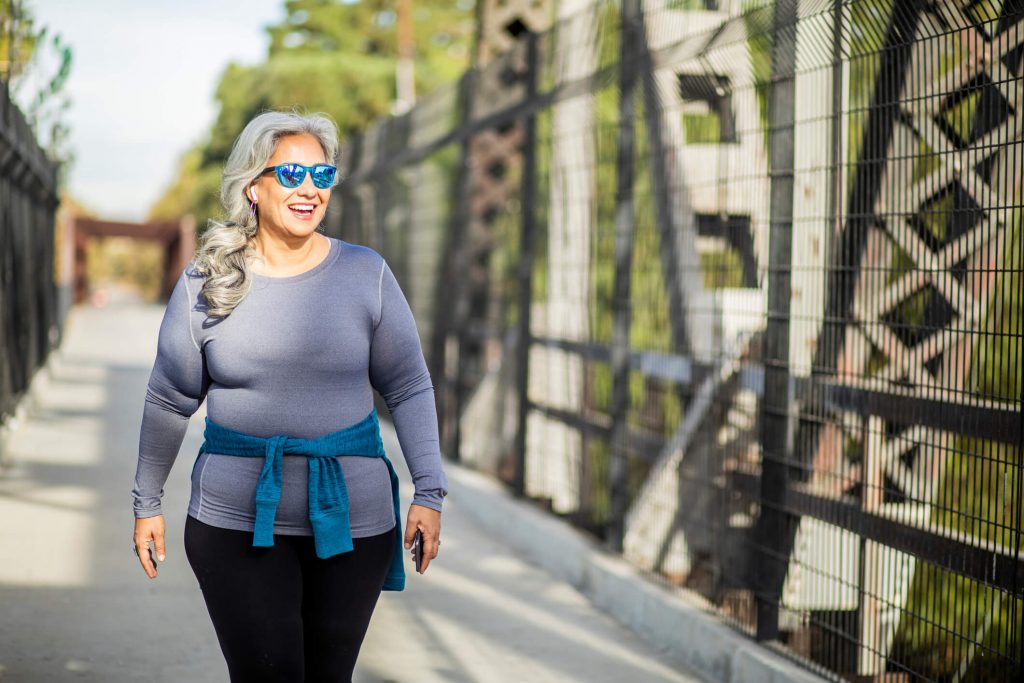A lumbar sacral orthosis and a thoracic lumbar sacral orthosis are two devices that are both commonly referred to as ‘back braces’. These devices fit around the lower or upper back, in order to immobilize and support the following areas:
- Thoracic spine — Mid to upper back region , from vertebrates T1 to T12
- Lumbar spine — Lower back region, from vertebrates L1 to L5.
- Sacrum — A flat, triangular-shaped vertebrae at the base of the spine between the hips.
Both types of orthoses are designed to support the musculoskeletal system of your back, in order to assist with recovery or pain relief for a range of conditions. You may need to wear an LSO or TLSO in the following situations:
- You have suffered a severe injury or fracture to the upper or lower back.
- You have had recent back surgery.
- You have been diagnosed with a chronic condition affecting your back.
Lumbar sacral orthoses are typically constructed from either a rigid plastic material or a soft elastic material, depending on the requirements of the device. If you require this type of back brace, it is best if your device is measured, fitted, and customized to support the specific needs of your body.
At Applied Biomechanics, our team includes Certified Orthotists and Registered Orthotic Technicians with Orthotic Prosthetics Canada (OPC). We are proud to be the only OPC accredited facility in the Guelph and Wellington County area. Contact us today to request a fitting for a lumbar sacral orthosis or thoracic lumbar sacral orthosis.

Our Fitting Process for Lumbar Sacral / Thoracic Lumbar Sacral Orthoses
When fitting a lumbar sacral or thoracic lumbar sacral orthosis for a patient, our team will use physical casting and 3D laser imaging to create precise and accurate measurements of your upper and lower back and spine.
We use computer-assisted design and manufacturing (CAD-CAM) to either adjust an existing LSO or TLSO solution or create a custom orthotic device in our on-site laboratory.
At the final fitting appointment, your orthosis will be adjusted to ensure a proper fit and maximize support and comfort for future use. If you have any issues with the fit or comfort of your lumbar sacral orthosis, please contact us immediately for further consultation.

Conditions Treated
Lumbar sacral orthoses and thoracic lumbar sacral orthoses are prescribed and custom fit to aid in the treatment of a range of pathologies and biomechanical issues affecting the back and the spine, including:
- Degenerative Disc Disease
- Nerve Injury / Compression
- Osteoarthritis
- Osteoporosis
- Post-Surgery
- Scoliosis
- Spinal Disc Herniation
- Spinal Stenosis
- Spondylolysis
- Spondylolisthesis
- Vertebral Fracture
- Vertebral Instability
- And more

Types of LSOs / TLSOs
There are many types of lumbar sacral or thoracic lumbar sacral orthoses, which are used to treat a variety of conditions affecting the upper and lower back. The most common options are either a soft, semiflexible lumbosacral corset or a more rigid TLSO back brace.
At Applied Biomechanics, our team will provide you with expert recommendations on the best type of orthosis for your specific condition. Here are some technical terms used when discussing types of LSOs or TLSOs:
- Sagittal-Coronal Control — This term refers to devices that control two of the body’s three planes of motion. The Sagittal plane is the longitudinal plane, which includes movements like sitting up or squatting. The Coronal plane is the frontal plane, which includes movements like bending forward or leaning back. The third plan is the transverse plane, which would include side-to-side motion.
- CASH TLSO — A cruciform anterior spinal hyperextension (CASH) TLSO offers flexion control for the lower thoracic and lumbar spine. The device uses three support points: two posterior supports on the chest and abdomen (sternum and suprapubic pads), and an anterior support on the mid back (thoracolumbar pad). These supports resemble a cross in the front, which connects via strap to the back.
- Jewett Brace — The Jewett TLSO is a type of hyperextension orthosis that offers support for the lower thoracic and lumbar spine. The device uses the same three support points as the CASH TLSO: two posterior and one anterior. However, the Jewett brace uses lateral uprights to position the pads for additional lateral support.
- Taylor / Knight-Taylor Brace — The Taylor and Knight-Taylor TLSOs offer control over flexion, extension, and rotation of the spine. The device consists of two paraspinal uprights extending up the back and straps connecting from the spinal to pelvic area. A posterior pelvic band provides motion control for the body’s core.